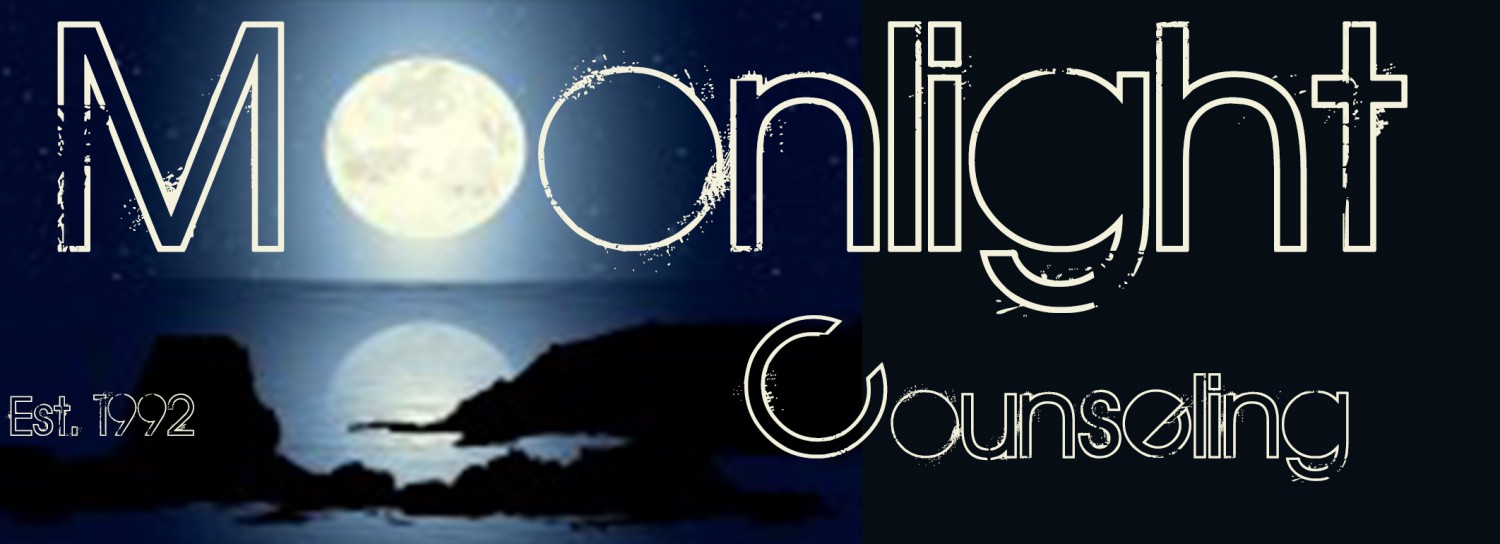WALKING TAROT DECKS Essay by Art Rosengarten
Nothing Written In Stone
Among the many misconceptions of Tarot is that it is synonymous with “fortune-telling,” a degraded concept by today’s hardened standards, conjuring images of gullible souls surrendering their sullied fates to the double-talking frauds of arcane knowledge. I call this degradation the “miscleofication” of Tarot, in reference to the Jamaican actress and entrepreneur of psychic hotline notoriety. Like most serious practitioners, I see such displays as crass and a disservice to the real thing.
Actually, Tarot is not so much an exercise in “fortune-telling” as a sincere experiment in “truth-seeking” or better, “self-seeking.” The proper approach is more akin to what in Zen Buddhism is termed “beginner’s mind” wherein one is encouraged to temporarily suspend everything known about a particular focus or question. Ideally, such is done in a safe and contained healing environment so that one may open without inhibition to contemplate the full panorama of one’s personal situation as they work with the tarot images. The evocative archetypal imagery of tarot provides the lens used to enhance the search for deeper understanding. It is like taking an extended glance over a “symbolic” sunset without distraction, or perhaps, sitting a long hour before an imaginary river. Fresh, even profound, insights invariably emerge. Still, nothing is written in stone, the experiment shows us. Patterns of insight rise up and just as naturally can fall away, yet in the extended glance one is called to catch the inner wave of change and act accordingly. For example, this point is reflected perhaps most optimistically in Trump X, The Wheel of Fortune, associated with the laws of cycles, karma, and change. Like the master athlete, comedian, or storyteller, The Wheel teaches that timing is everything. Moving forward, moving back, stopping, taking action, just so…one attunes to the inner rhythms of the river so as to grasp its natural intelligence—“that which is so of itself”– the Taoists describe it. And so it is when turning for advice to the card oracle itself—the Tarot—used sparingly and auspiciously, always with eyes fixed on the subtle patterns of change and possibility.

Homo Tarot Erectus
In a figurative sense, we ourselves are no other than walking tarot decks —that is, pedestrian bundles of tendencies, teachings, and challenges for personal transformation that continuously rise up and fall away on the wheel of life. Man the Homo Tarot Erectus. Our inner anatomy is thus comprised of 78 multifaceted lessons according to the Tarot Gods, each deemed worthy of special consideration. Divination, however, takes from the totality only a slice, not unlike a routine blood test, whereby one’s current measure of health is assessed from a small sample of the serum, and if necessary, appropriate treatments may be recommended and likely courses predicted.
In those subsets of randomly “pricked” cards (typically no more than ten or eleven units), a remarkable opportunity is given to analyze and reflect upon the whole state of one’s health and condition. Why do we take this indirect route? Because much as the blood panel alerts the trained physician to the body’s internal functioning where a direct physical examination cannot, the Tarot “panel” alerts the trained metaphysician, if you will, to the mind’s internal functioning where a direct mental examination cannot. This is what is meant by truth-seeking or self-seeking. The aim is to reveal a mapping of the larger person where a direct examination, either physical or mental, cannot.
Still, it must be understood that alerting the skilled interpreter to the inner workings of the mindstream is not quite identical to psychoanalysis, or other clinical approaches. In this metaphysical exam, our reference to “mind” or “mental” connotes far more than the narrow region of mental being belonging exclusively to psychological reality per se; rather, here we invoke the larger domain of Mind, that is, all non-physical reality subject to experience, inclusive of purely psychological structures, but also the philosophical, creative, soulful, and spiritual dimensions of Mind as well that are said to comprise the mindstream of consciousness.
-Art Rosengarten




